Welding can be a somewhat daunting task to jump into for beginners.
It requires so many tools, and you will be working with so much heat and so many pressurized components that the danger may seem overwhelming.
There is no need to fear, though. Here is a list of the best welding tools for beginners to learn the trade safely and efficiently.
Welding Tools For Beginners
1. Auto-Darkening Welding Helmet
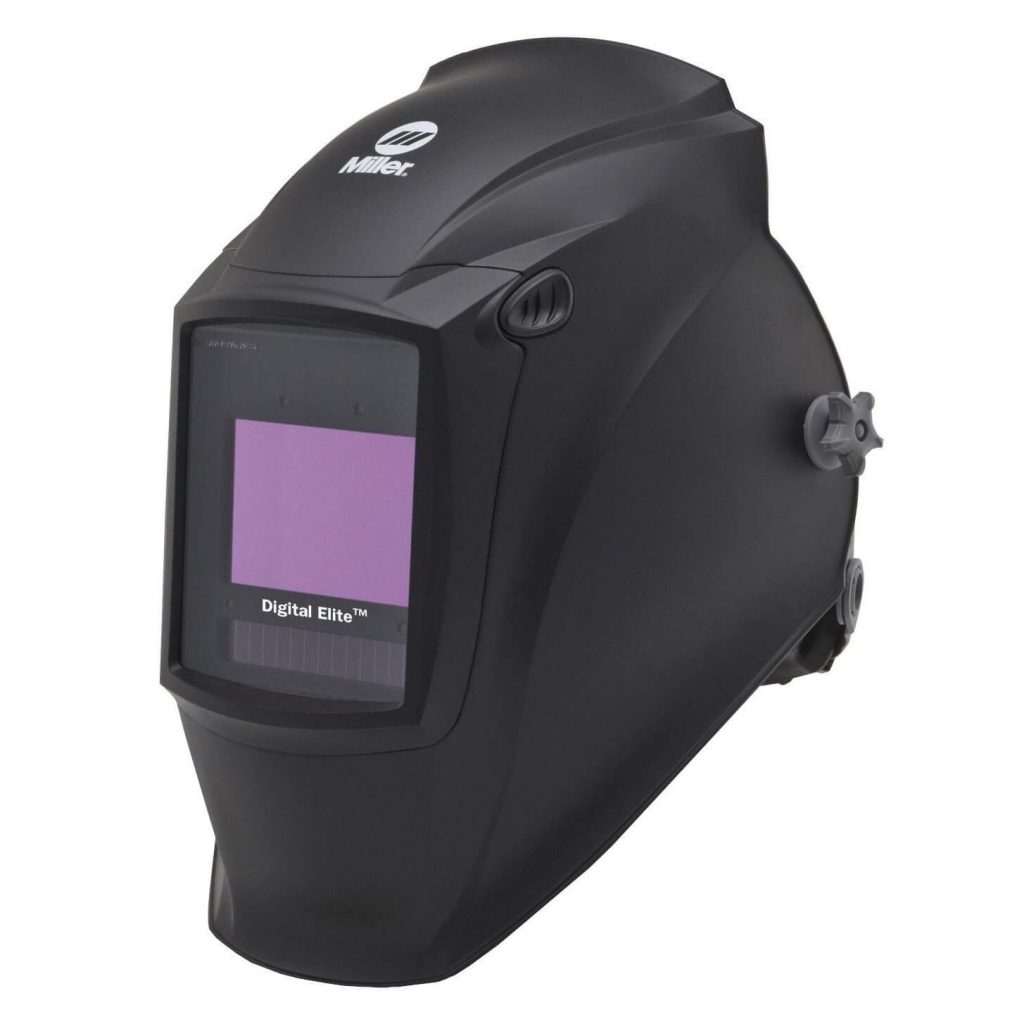
The primary purpose of any type of welding helmet is to prevent sparks and flames from scarring your face while you work and prevent damage to the skin and eyes from the heat.
Auto-darkening helmets have the added feature of protecting your eyes from the harsh lights emitted from other welding tools and from the heated metal itself.
The glass covering the eyes is shaded to only allow a certain amount of light through at a time, allowing you to see without damaging your eyes.
See the list of recommended auto-darkening helmets here.
2. Welding Gloves
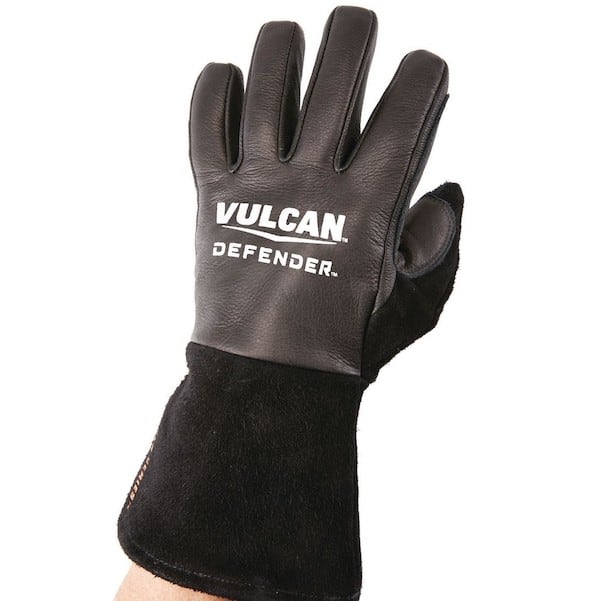
There are usually 2 types you need to be aware of;
- MIG Welding Gloves – Are generally thicker and have padding on the back of the hand to protect your resting hand while bracing the dominant hand during a weld. If the glove becomes too hot, the looser fitting design allows you to throw them off easily.
- TIG Welding Gloves – These are thinner and softer gloves where precision is vital. Dexterity is key when TIG welding and the gloves will have a tighter fit to allow precise movement while holding the rod and torch.
Make sure you have the right gloves for the job.
[welder101]
3. MIG Welding Pliers
MIG pliers are widely available in most hardware stores as well as online. They are far from a specialty item and are pretty cheap for how much you can do with them.
They have several uses which include:
- Removing the nozzle from the MIG gun – They come equipped with circular clamps, perfect for removing nozzles from the MIG gun.
- Loosen & tighten the contact tip – This is something you’ll have to do regularly as it gets worn out.
- Cut 1/4″ Stick-Out – Saves you time instead of using a separate wire cutter.
- Remove Weld Spatter – Cleaning in the inside of the nozzle from spatter is easier with the tips of the pliers.
A quality pair of MIG pliers are essential if you own a MIG welder.
4. Welding Magnets
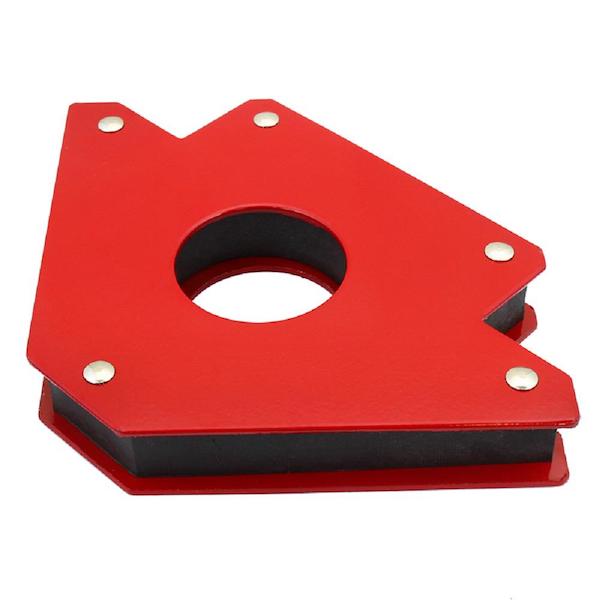
With a welding magnet, you can hold pieces of metal in place without the use of clamps and manipulate them easily.
They also allow you to mount pieces of metal and weld them at an angle to one another.
In short, they allow for pieces of sheet metal to be welded in ways that clamps would not allow. The longer you use these, the more uses you will find for them.
5. Chipping Hammer
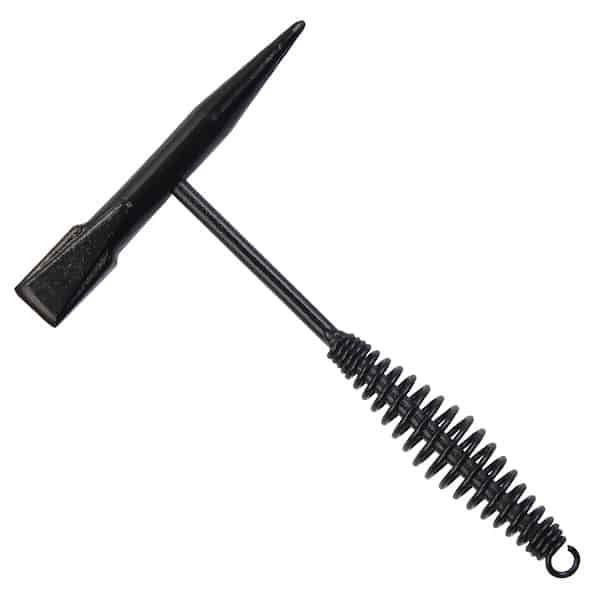
This slag needs to be chipped away at times. This is what the chipping hammer is for.
Chipping hammers have a flat side and a pointed side, optimized for different kinds of slag.
You may not use these overly often, but they make welding much cleaner and more manageable.
6. Welding Framing Jig
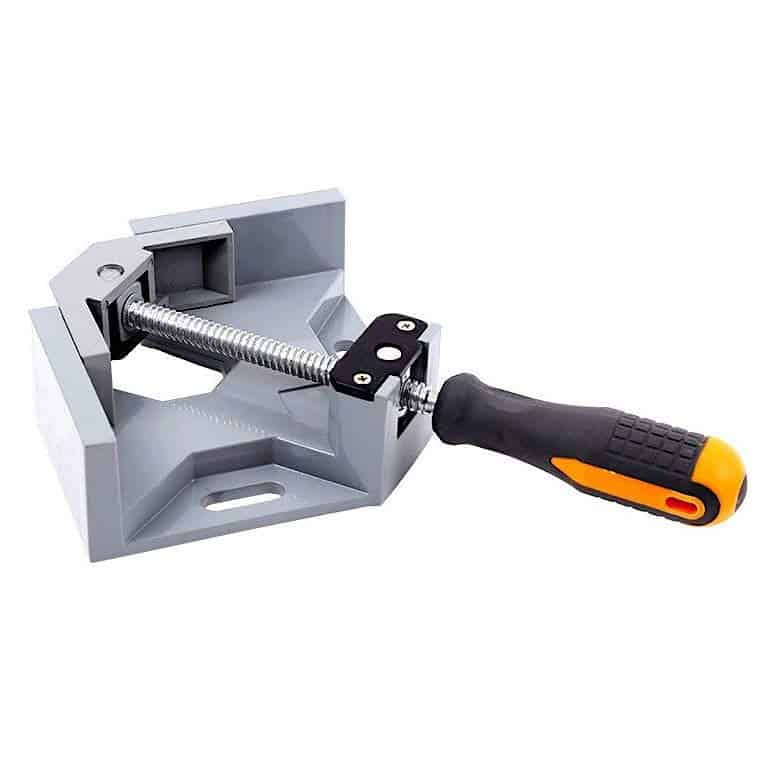
What a welding framing jig does is provide an apparatus for welding at 90-degree angles. While you could use a welding magnet for this, a framing jig allows for a much greater degree of support while welding and allows for heavier metal pieces to be used.
Unlike magnets, it also allows for multiple layers or multiple components to be tack welded together at the same time, all at a perfect 90-degree angle.
Related: A List of Gifts for Welders
7. Speed Square
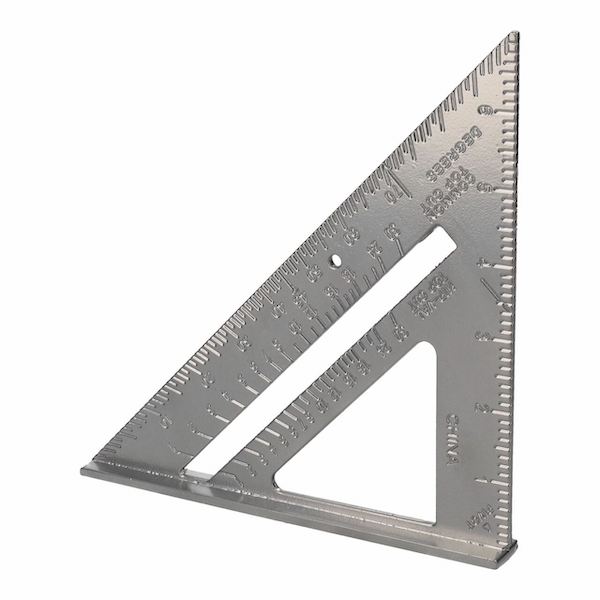
A speed square is an angular measuring device shaped like a right triangle, allowing for multiple forms of measuring at different angles. Of all the welding tools at your disposal, this is the one you will find yourself reaching for the most. You can’t do much if you can’t measure.
8. Metal Brush
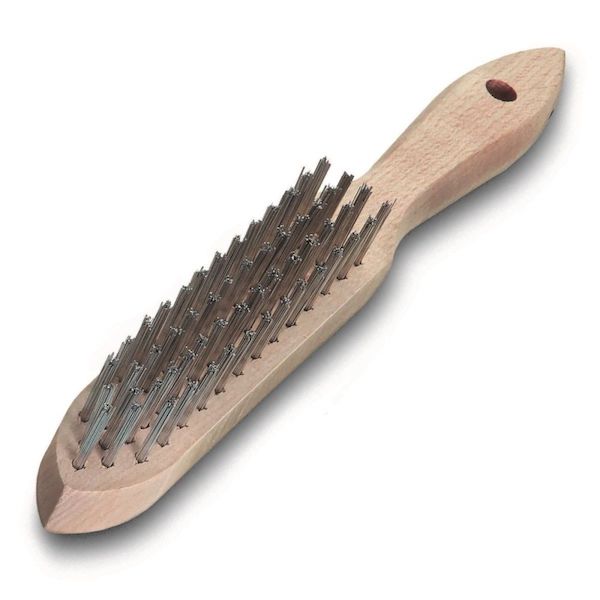
A metal brush removes slag and charring from the top of cooled welds and leaves the whole thing looking nice and clean.
Not every welding process creates slag, but the ones that do require both chipping hammers and metal brushes to do the work properly.
9. Angle Grinder
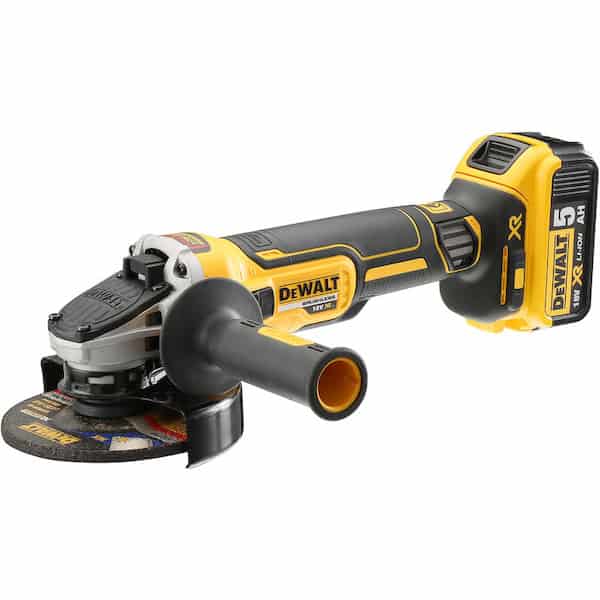
Firstly, it can cut metal. You will always find yourself needs to cut down some metal stock. With a cut wheel, you can easily cut anything from sheet metal to bar stock with surprising ease.
Angle grinders are also useful for preparing metal before you weld. To avoid defects like porosity and cracking, you will want to clean the base metal. While this can be done with a wire brush, an angle grinder can save you a lot of time.
Lastly, a welding angle grinder is a great tool for cleaning up and finishing welds. When there is a lot of slag left over, using an angle grinder is one effective way cleaning it up. Also, if you need to polish up the metal you are working, an angle grinder can do that too!
10. Sheet Metal Gauge
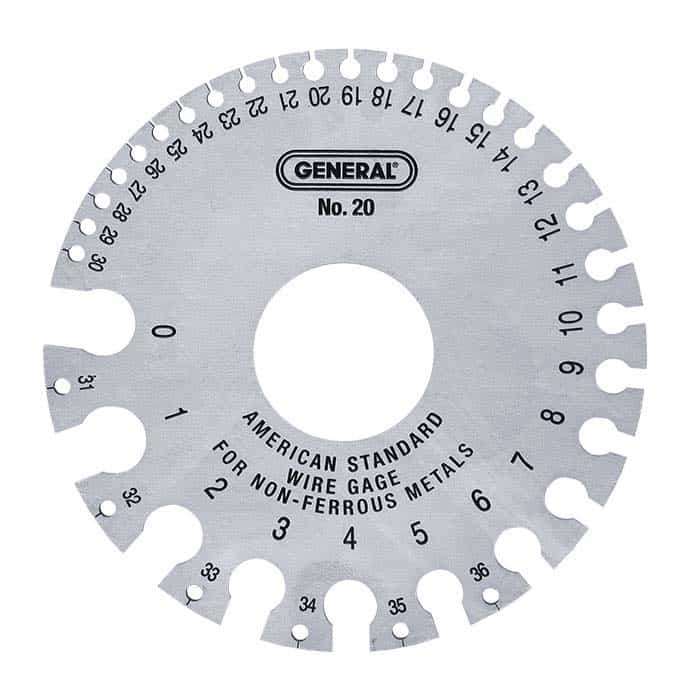
A steel metal gauge is a wheel with teeth spaced different widths apart corresponding to sheet metal’s various standard widths. As a tool, the sheet metal gauge is indispensable for welders of any skill level.
Knowing how thick the sheet metal you will be working with can determine a lot of other things about your project in general.
Most professional welders have a chart that says what settings they should use for what thickness of sheet metal.
It can also be hard to distinguish one piece of sheet metal from another just by looking at it, meaning the gauge will come in handy constantly.
[welder101]
11. Soapstone
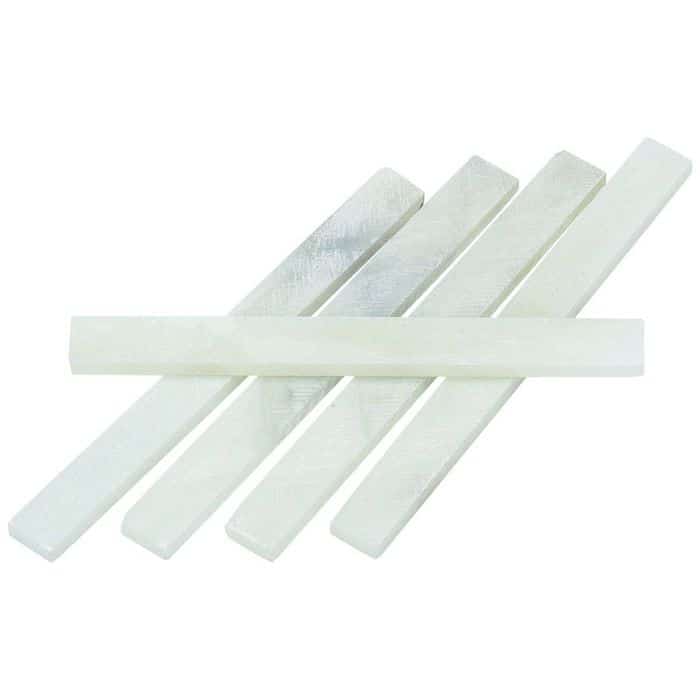
You use soapstone as a marking implement that is easily removed after you are done. Think of it as a piece of chalk made specifically for writing on metal.
Soapstone is superior to something like graphite because it can withstand the high heat and assault of flames from torches and other welding tools.
It allows you to draw complex shapes, curved lines, and other designs in addition to writing things directly on the metal.
12. Metal File
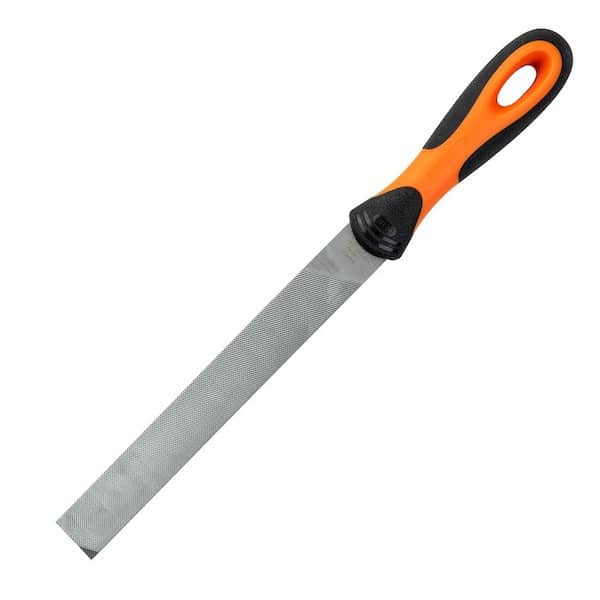
Metal files are also commonly used for all kinds of other metalworking projects; you have probably used them before at some point.
While angular grinders are good at the rougher removal process, files are for finishing and making a project look nice.
13. C Clamp
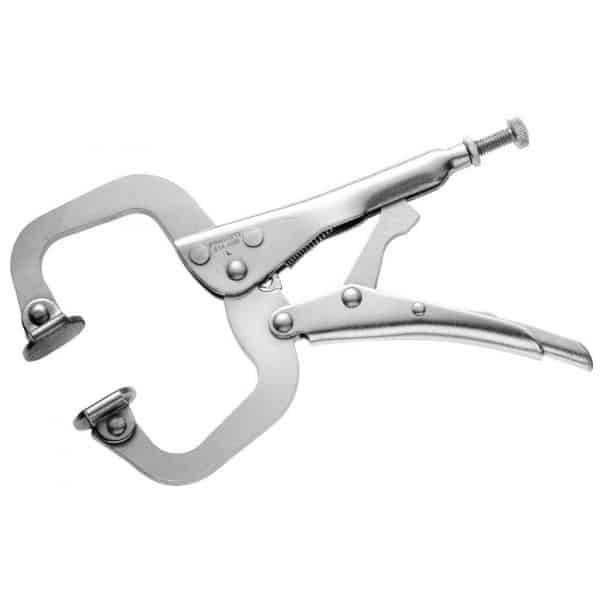
They can apply pressure from above and below at the same time and are very common for a wide variety of hardware projects, not just welding.
C clamps also allow for a greater amount of pressure than pinch clamps or even some welding clamps, allowing for a much more solid hold on whatever you need to clamp.
14. Welding Boots
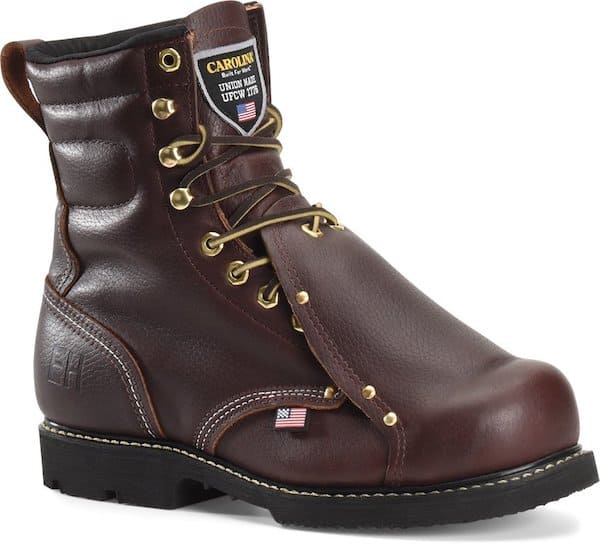
Knowing all of this, you should protect your feet from the hot metal and heavy equipment you will be working with while welding.
Any pair of welding boots need to be as robust as possible. Stout leather and steel-reinforced toes are a must. The intent is to protect your feet from molten metal falling on them.
15. Welding Cart
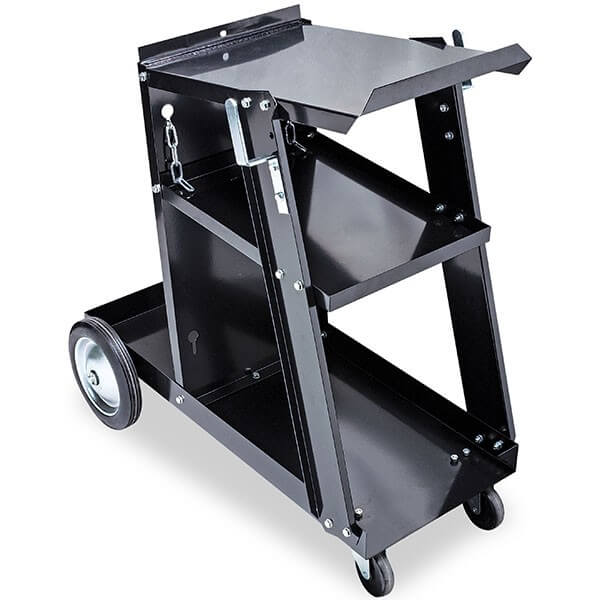
Air tanks are heavy. Fans are heavy. Gas tanks are heavy.
A welding cart allows you to move all of these things and more easily and efficiently. Some welding carts also have tool boxes attached to them, giving you a nice spot for everything else on this list.
16. Welding Sleeves
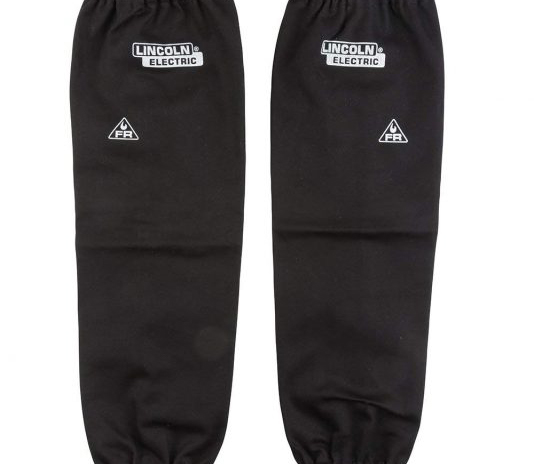
Welding sleeves are detachable sleeves, usually made from leather or other non-flammable and robust fabric, that protect your clothes and skin from damage.
Most welding sleeves attach to an apron or have suspenders to hold them in place while welding. Others are something closer to a woman’s crop top, with a partial chest and collar attached to the sleeves both for comfort and added protection.
When sparks of burning metal are flying around, the last thing you want is for your shirt to catch on fire because of it, so more coverage is always better.
17. Safety Glasses
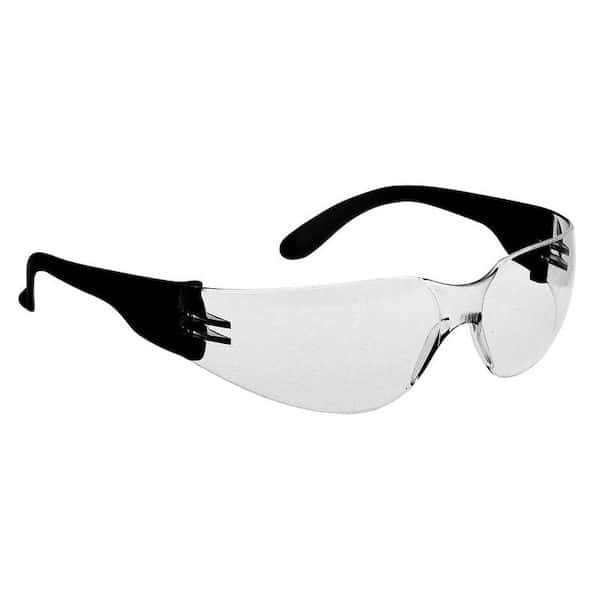
For times like these, a reliable pair of safety glasses are perfect.
Safety glasses are made from durable plastic and stop sparks off of something like an angle grinder from flying into your eyes.
18. MIG Welding Nozzle Gel
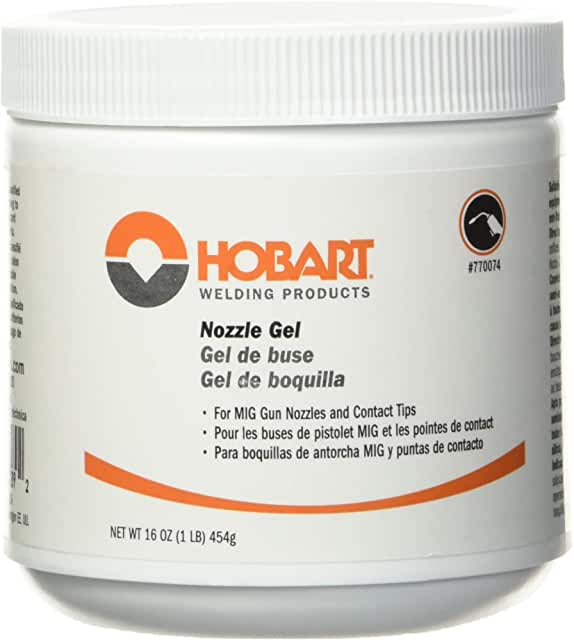
As easy as it may seem to not let this situation occur, it is still always better to be safe than sorry. The proximity of a finer-tipped welding gun to the metal it is welding may also show how necessary something like this is.
Nozzle gel is easily applied as a sort of wax to the nozzle of your torch or welding gun. It will heat up and dissolve into more of a liquid coating as you work, maintaining a barrier between the two metal surfaces and preventing adhesion.
Rounding It Up
As stated above, beginner welders should start with MIG welding to get the hang of the craft.
All of the tools on this list will be of great use to you as you learn to weld, and many of them you will be using for years to come.
Best of luck!
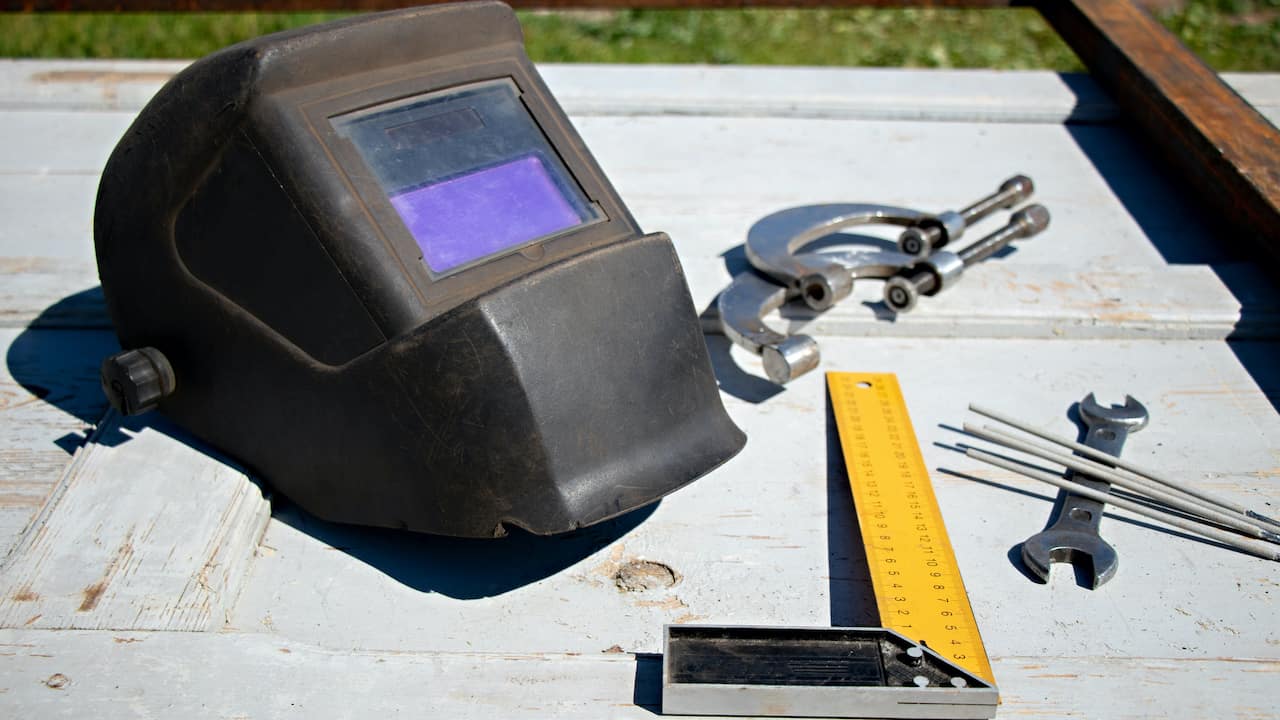
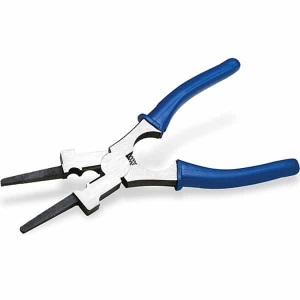
Look at the list above. Don’t really need the boots if he’s only going to weld on the weekends.